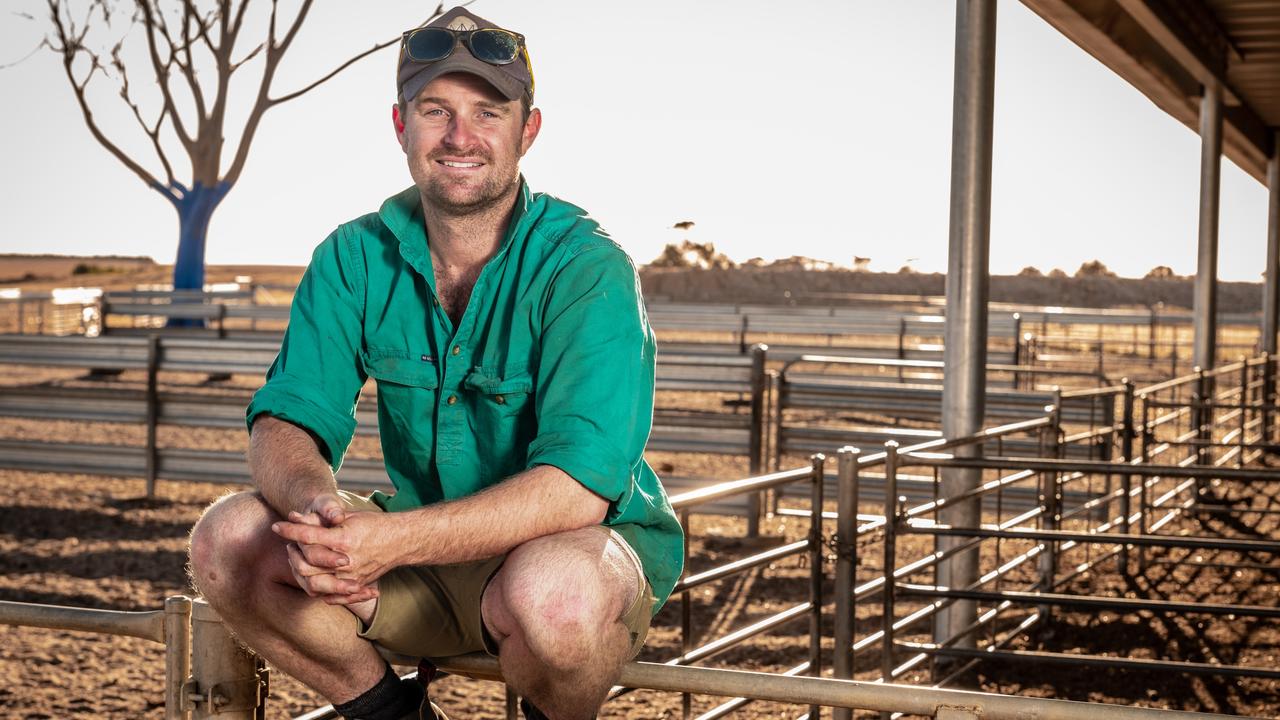GALLERY: Hit and miss rainfall tests Australian farmers
Some Australian farmers are still waiting on an autumn break as we head into winter. Others are celebrating a textbook start to winter sowing. See the state of the nation.
Good, bad and pretty ugly – that’s how autumn has treated Australia’s major farming districts that are now two thirds into the crucial season for winter crops and livestock production.
A textbook start to sowing has been welcomed in parts of the Riverina and southern NSW, yet South Australia and Western Australia and pockets of Victoria recorded almost no autumn rain.
The farming region of Clare in South Australia, north of Adelaide, received 0.4mm in March and there was no rain in April. The area has measured 2 per cent of its average annual rainfall, while the winegrowing region of Coonawarra, SA has had 8.6mm of rain in autumn, accounting for 6 per cent of the annual average.
Meanwhile, results in Victoria are mixed. Near Geelong, Avalon got 50.6mm of autumn rainfall, Swan Hill recorded 22.4mm for the same period, and Mortlake 41.6mm.
In northern NSW and Queensland, an abundance of rain, albeit patchy, has set things up well for sowing winter crops.
Scott and Krystal Muller farm at Biloela in central Queensland and say there was a 100mm rainfall difference from one paddock to another with just 7.5km in distance.
“The home block has had 140mm since mid-January, and another block has had 80mm,” Mr Muller said.
In WA, at Miling, Barry Large said the situation was dire with the price of livestock plummeting and people opting out of sowing canola.
Farmers who had planned ahead were now returning canola seed to wholesalers. “I would suggest that canola opportunities are heading south at 100 miles an hour,” he said.
“We have had 29mm of rain for the year and the sheep are sucking rocks.”
Mr Large said, traditionally rainfall was reliable in his area. “It is disconcerting because it has been so dry for so long,” he said.

Others are more hopeful. Hamish Thompson, at Katanning, WA, said the seasonal break usually arrived on May 22. “So we do have some time,” he said.
Trevor James from Mundulla, just over the SA border, said he was hand feeding livestock and was holding out for some rain before mid-May.
“It is another difficult period for livestock, and most people are (still) working their way through what happened last year with prices,” he said.
In north west NSW it’s a different story with farmers rejoicing after a decent seasonal break delivered hundreds of millimetres of rain just at the right time.

Ian Coxhead, Tamworth measured 120mm in March and 95mm in April.
He said the rain delivered an ideal start for sowing wheat, barley and oats.
The instability of sheep and cattle prices, and the pressure to offload stock from the west, has played out in the livestock indicators, with prices rising after Eastern falls on the East coast, to level out again. A shortage of trade weight lambs has seen prices lift in Victoria and NSW in early sales this week.
On Tuesday the Eastern States Young Cattle Indicator was 585c/kg, having lost 8c/kg in the past month.
Meanwhile, the Trade Lamb Indicator showed a glimmer of improvement to gain 48c/kg in the same period, to reach 684c/kg.
Conversely cotton growers are holding out for dry conditions so they can continue picking the crop. At Coleambally in southern NSW Joe Briggs said it had been a dream run so far for his cotton crop.
Cropping prices have found a balance after experiencing falls earlier this year due to world political factors and Australia’s high supply levels. Canola is making $662/tonne at Victorian ports, wheat, $349/tonne and lentils, $985/tonne.
















